
Scientists have made the discovery of a complex organic substance very, very far from Earth. In a cloud of gas 27,000 light years away. A discovery that gives credence to the theory that all life on Earth may once have originated in space.
The scientists used an extremely sensitive telescope, the Atacama Large Millimeter Array (Alma), with which they analyze the light spectrum of different frequencies present in whatever region in space it is directed.
Since all elements have a unique frequency “fingerprint”, the researchers can effectively “see” what substances are present.
The now detected molecule is called Isopropyl cyanide (i-C3H7CN) and is made up of a complex carbon structure. Although various organic molecules have previously been discovered in interstellar space, this is the first found branched carbon backbone molecule.
The ALMA telescope has discovered a number of complex molecules over the years. And it has previously discovered organic molecules in the same region. A the star-forming cloud called the Sagittarius B2 cloud. These previously found molecules include vinyl alcohol and ethyl formate. The first of these actually gives raspberries their flavor and the second gives rum its smell.
This new discovery suggests that organic molecules in space are more common than previously thought. And its mere presence in space gives credence to the theory that life on Earth, or at least, the fundamental building blocks of life on Earth, originated in outer space.
Since complex carbon molecules are the building blocks of amino acids and thereby proteins, these are essential to life as we know it. This discovery certainly increases the chances that there is life elsewhere in our galaxy and the universe.
The researchers now hope that amino acids will eventually be detected outside our Solar System. If amino acids are widespread throughout the galaxy, life may be also.
The discovery has been published in the journal Science.
_______________
Detection of a branched alkyl molecule in the interstellar medium: iso-propyl cyanide
______________________________


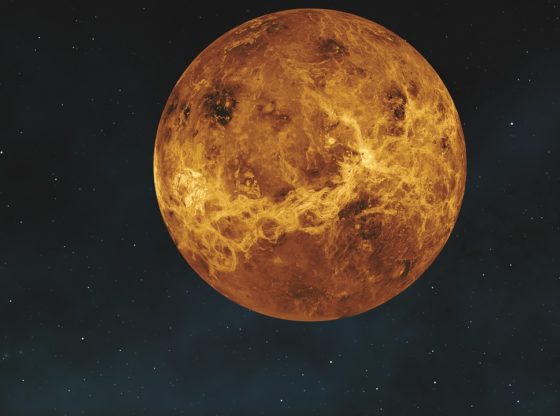
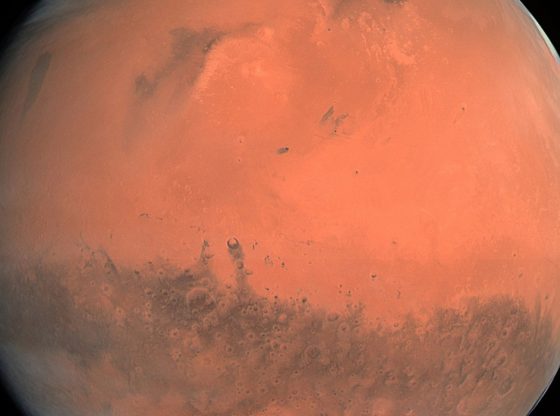
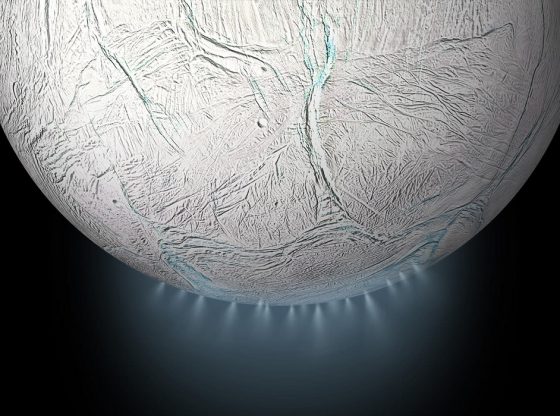
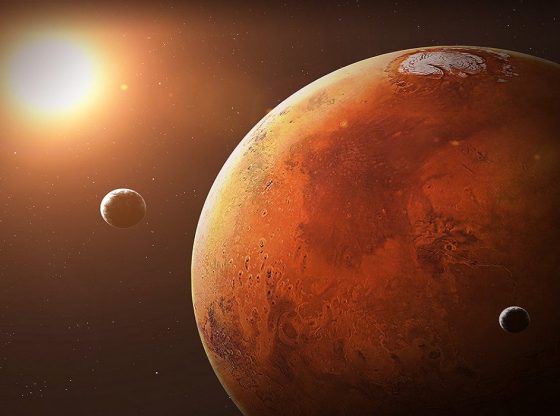
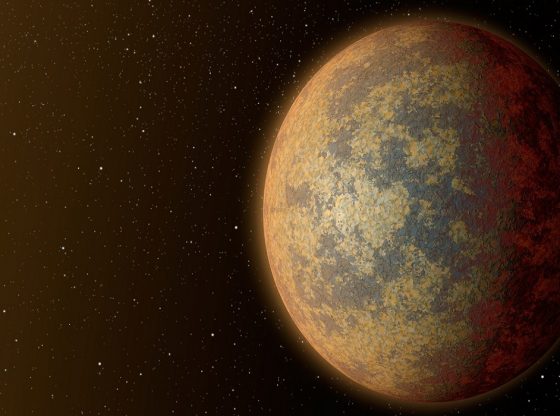
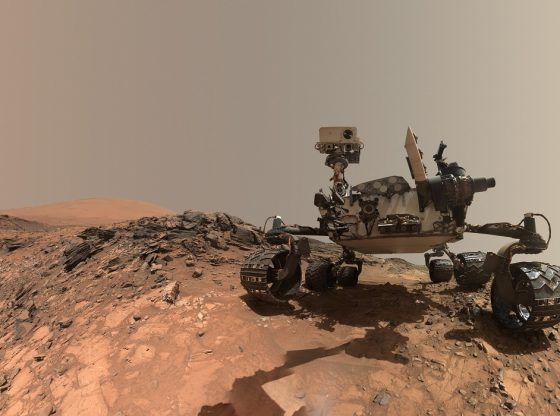


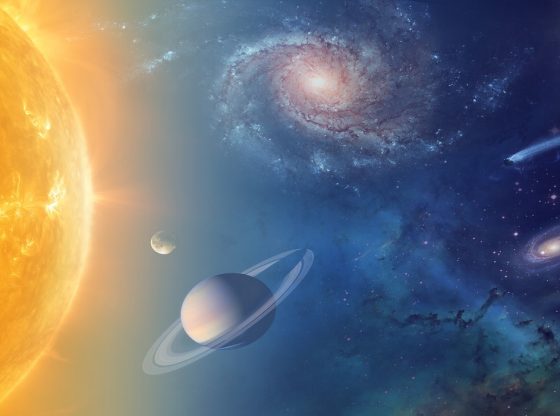
![OpenAI. (2025). ChatGPT [Large language model]. https://chatgpt.com](https://www.illustratedcuriosity.com/files/media/55136/b1b0b614-5b72-486c-901d-ff244549d67a-350x260.webp)
![OpenAI. (2025). ChatGPT [Large language model]. https://chatgpt.com](https://www.illustratedcuriosity.com/files/media/55124/79bc18fa-f616-4951-856f-cc724ad5d497-350x260.webp)
![OpenAI. (2025). ChatGPT [Large language model]. https://chatgpt.com](https://www.illustratedcuriosity.com/files/media/55099/2638a982-b4de-4913-8a1c-1479df352bf3-350x260.webp)








